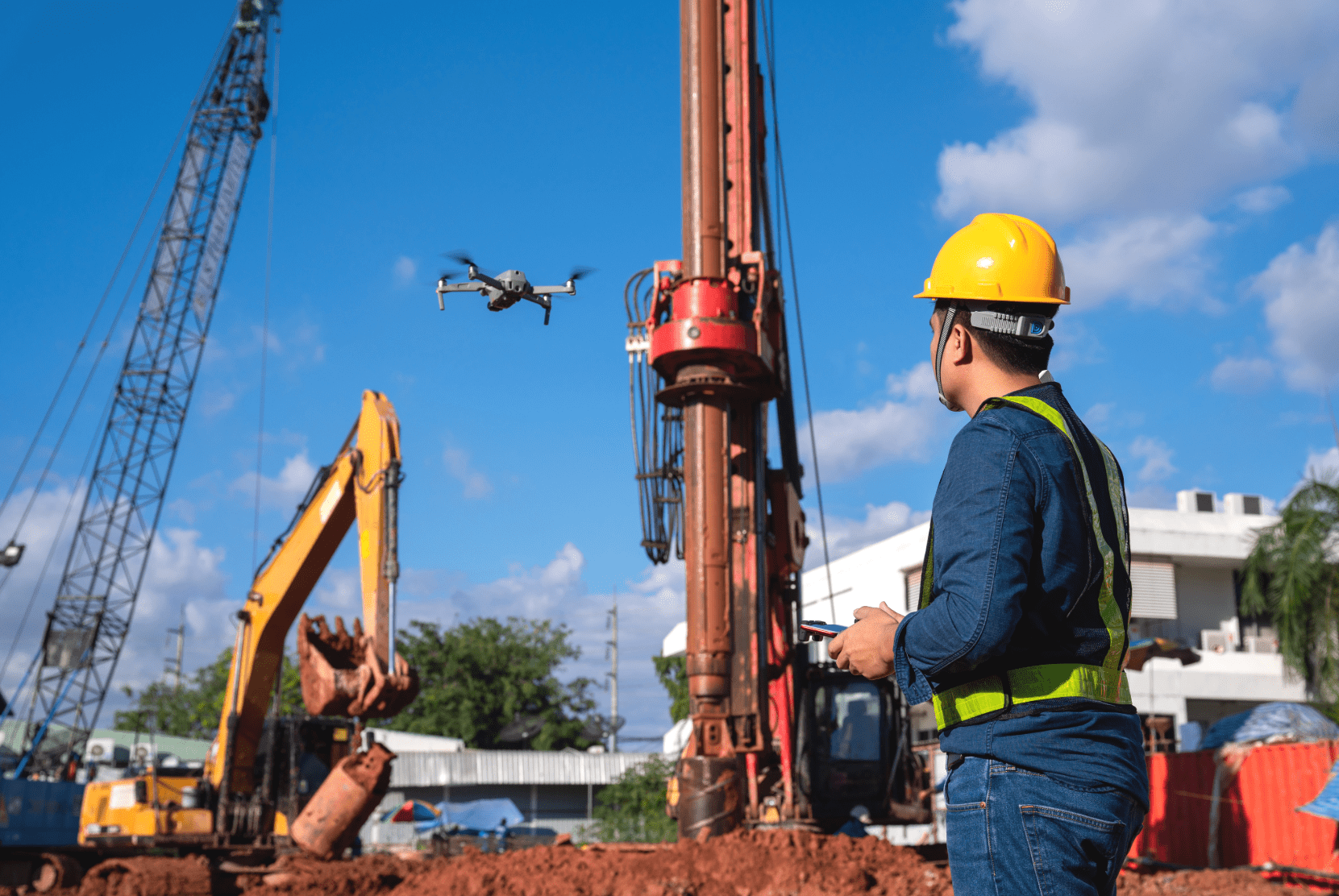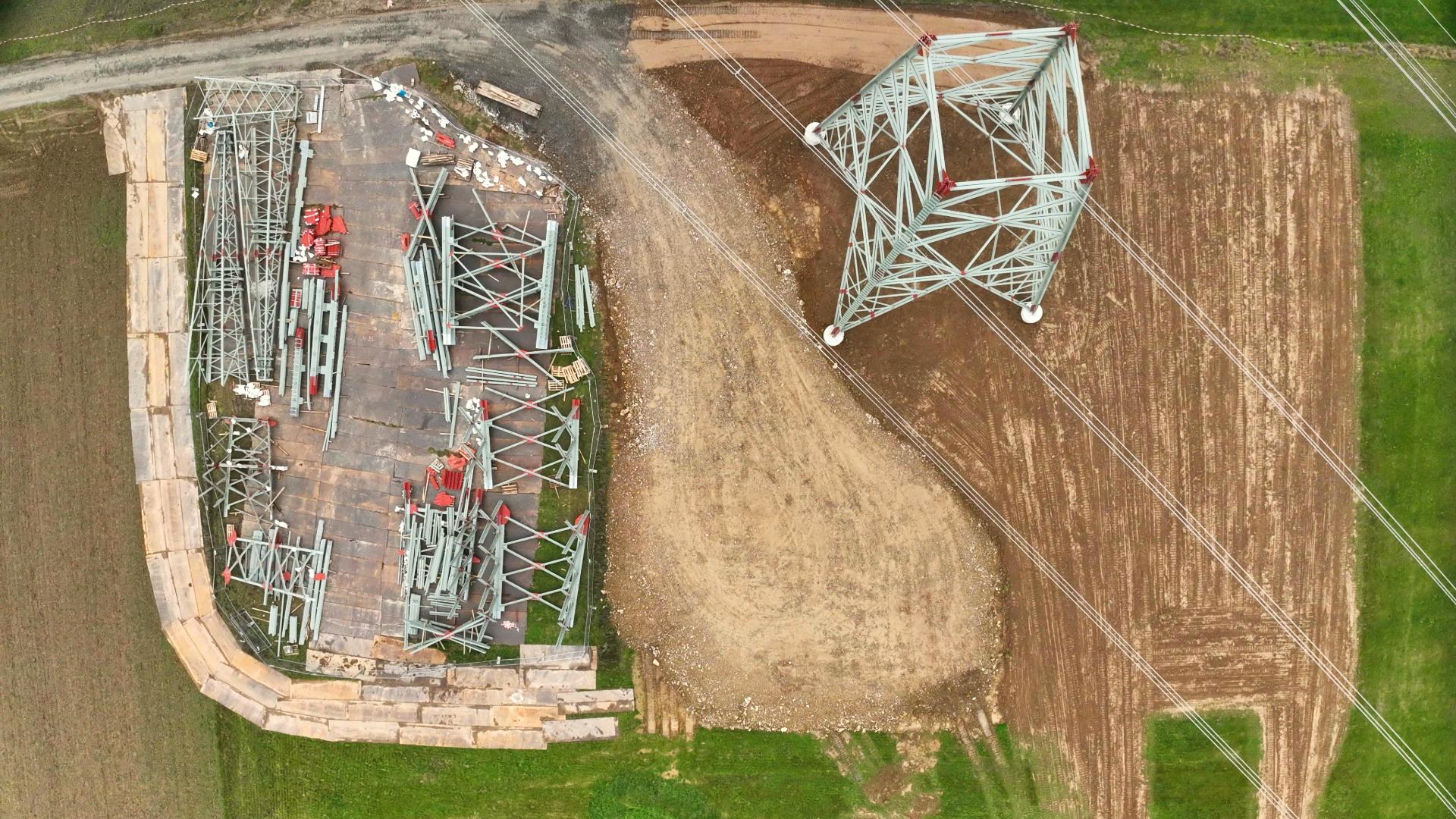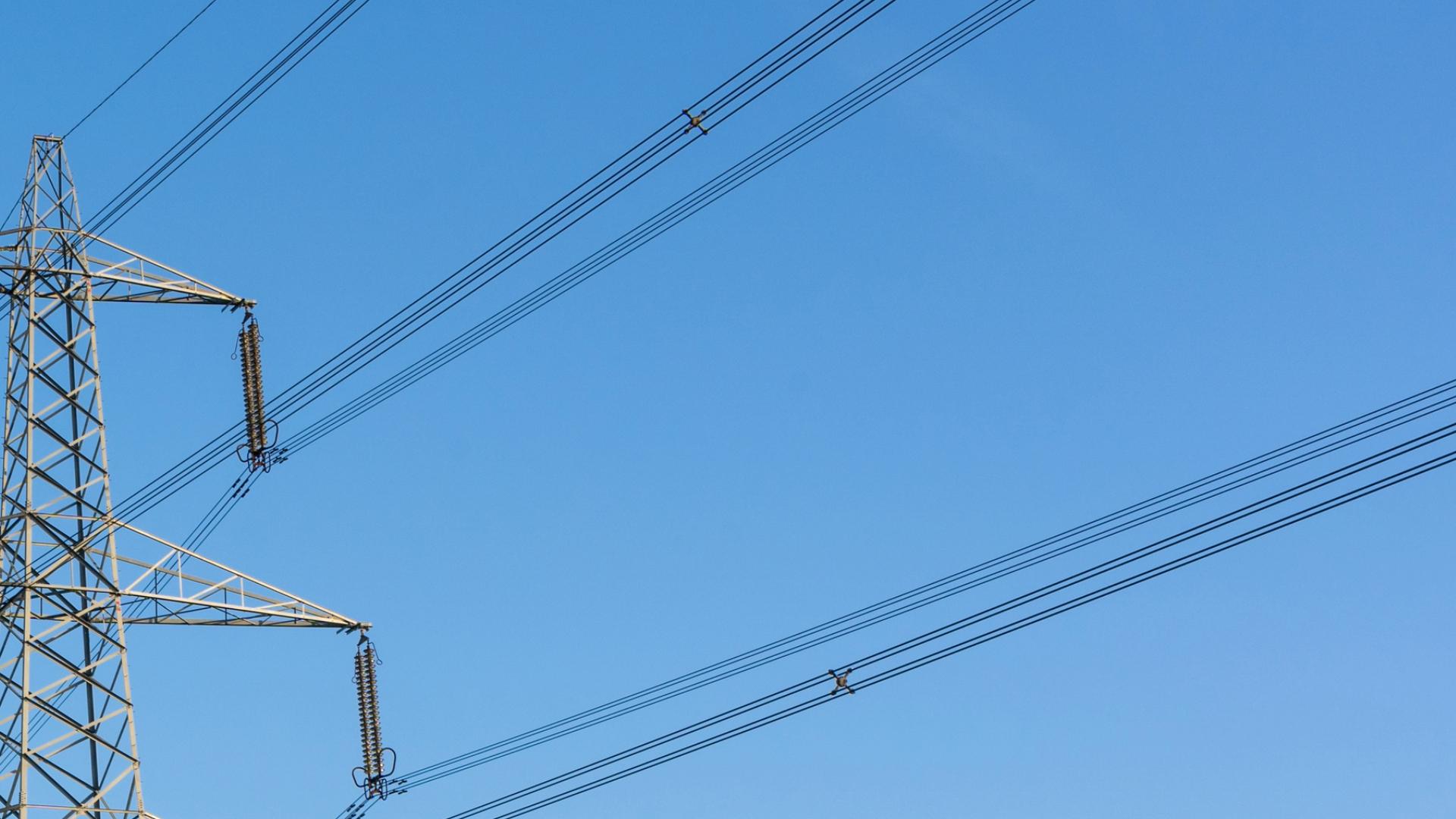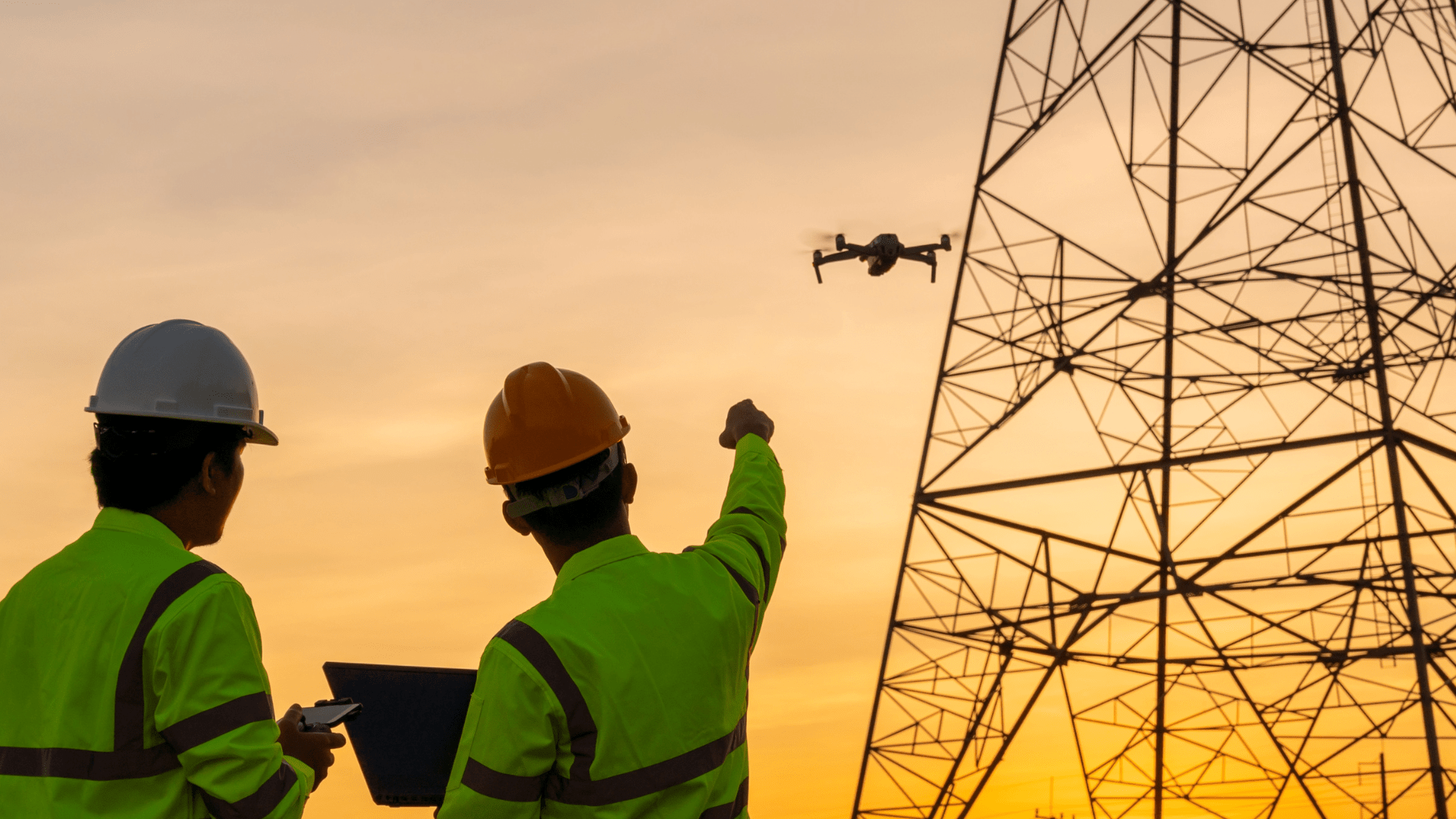In Germany, logistics companies such as Hermes and DPD have already implemented that parcel delivery at one’s own front door is subject to a surcharge. Although DHL, the largest logistics service provider in Germany, asserts that it is not planning to take this step, in view of the steadily increasing number of orders on the Internet and the steady increase in traffic volumes in the urban environment, a new way must be found in the long term to be able to deliver parcels. Logistics companies are currently still pleading for parcel delivery at centralized parcel stations. One solution, for example, is a station that can be supplied by several logistics companies. This will relieve the burden on package deliverers and the logistics companies will certainly save costs. Last but not least, it could also protect the environment, as the delivery vehicles do not drive all over the city, blocking roads and pavements. But it can also mean that the end customer may end up in a parcel station jam in the future, not just after work. That cannot be the solution in the long term.
How can parcel delivery be modernized?
On April 1st, 2019, Amazon showed a revolutionary solution for parcel delivery. The company published a video in which a zeppelin flies over a city. After a few seconds, countless delivery drones(otherwise known as UAVs) swarmed out of this zeppelin to deliver parcels to households. As the date of publication suggests, this was a very well done April fool’s joke.
However, the Internet dealer is quite serious about the topic of drone delivery, as their Prime Air programme shows, which has been under development since 2015. In economic terms, the company may be more interested in not having to rely on external logistics companies, but the fact is that deliveries by drones could revolutionize the way in which various goods can reach us without being dependent on roads and traffic.
Another global player, Google, is already one step closer to reality in Australia: between the capital Canberra and the small town Queanbeyan, the world’s largest search engine provider has received the world’s first license from the Australian Civil Aviation Safety Authority (CASA) to deliver goods by drone on April 9th, 2019.
The fact that not only numerous start-ups, but also large companies such as Amazon and Google are working on (autonomous) drone deliveries shows how important the topic of drones is in the economy. Especially the application purpose in logistics and mobility in urban areas are currently in the focus of the media presentation. This might be because they represent the most palpable application for drones for the mass of the population.
From toy to economic tool
In the social consensus, drones may currently be situated in the leisure sector, but in the background, numerous companies are already working on integrating this tool sensibly into their operations. In addition to the recreational fun for the hobby pilot, drones offer numerous economic advantages for companies.
The use of drones can accelerate work processes, save skilled personnel, minimize dangers for personnel and reduce costs.
Parcel deliveries, but also air taxis, are showcase projects which, in addition to their economic benefits, can above all increase social acceptance for the use of drones. In addition to the legal regulation of flights, this acceptance is essential if the use of drones is to become an everyday reality.
Challenges for drone missions in everyday life
- In urban areas, in addition to data protection, security during drone missions naturally has the highest priority. Nobody wants a drone and its cargo to crash uncontrollably and endanger human lives. The drone must perform its transport task reliably without restricting or even endangering traffic on the ground or in the air.
- Reliability must go so far as to ensure that unintentional interference with the control system is not possible.
- With the increasing number of drone missions, the air traffic of the drones must also be controlled and regulated by a UTM (Unmanned Aircraft System Traffic Management).
- An infrastructure must be created for drone deliveries since drones require a landing site. It is conceivable to have fixed landing sites distributed throughout the city, because not every house roof is accessible to the residents or suitable to serve as a drone landing site. Fixed landing sites must be made accessible to every receiver, but at the same time, they have to be safe against abuse.
Flight Automation and Planning
Autonomous flights require a large number of sensors and systems in order to master the challenges mentioned above. In addition to a fast, secure communications standard (5G network), the establishment of airspace control in the range below 100 m (~330 ft) is indispensable for drone missions. The flights must be able to be displayed in real time in order to prevent possible collisions with other aircraft and to be able to initiate emergency landings if necessary.
Furthermore, the routes of these flights must be planned in such a way that rules and laws are respected. However, the route planning process can be very complex and takes a lot of time if it must be created manually for each individual flight.
We at FlyNex believe that in the near future it will be possible to carry out regular drone flights in an urban environment. We offer companies the possibility to plan their flights with our software solution HORIZON. These flights can be stored in projects and can be recalled and changed again and again. Our map material is derived from more than 165 valid, official sources. With the help of our software, a flight plan including all rules and regulations on the route can be created in the shortest possible time. This flight plan can then be made available to the legislator for a flight permit.
Outlook
HORIZON is our project management solution where you can create and share flights, fleets, and projects. The geodata used in it is also contained in our GEOSPHERE solution. This is API-enabled and can, therefore, be integrated into a future UTM.
We are convinced that the vision of (delivery) drones and air taxis in densely populated urban areas can only be realized when a functioning UTM is available. In less densely populated areas, as in the Australian case mentioned above, but also in several locations in Africa, drones are already being used successfully for transport. However, the densely populated airspace in a large city presents a completely different challenge for flight planning and risk assessment.
We are proud to say that we can already offer the geodata required for use in urban German airspace in all our solutions.
We are eager to see how the topic of drones is being researched and developed around the world and are particularly pleased with the first approval of regular UAV traffic in Australia. We would like to see this development in Germany soon and are therefore working hard on our software so that it can play a part in this big undertaking.
We are already looking forward to the first order, which will be delivered to us by a drone.
The FlyNex Team




